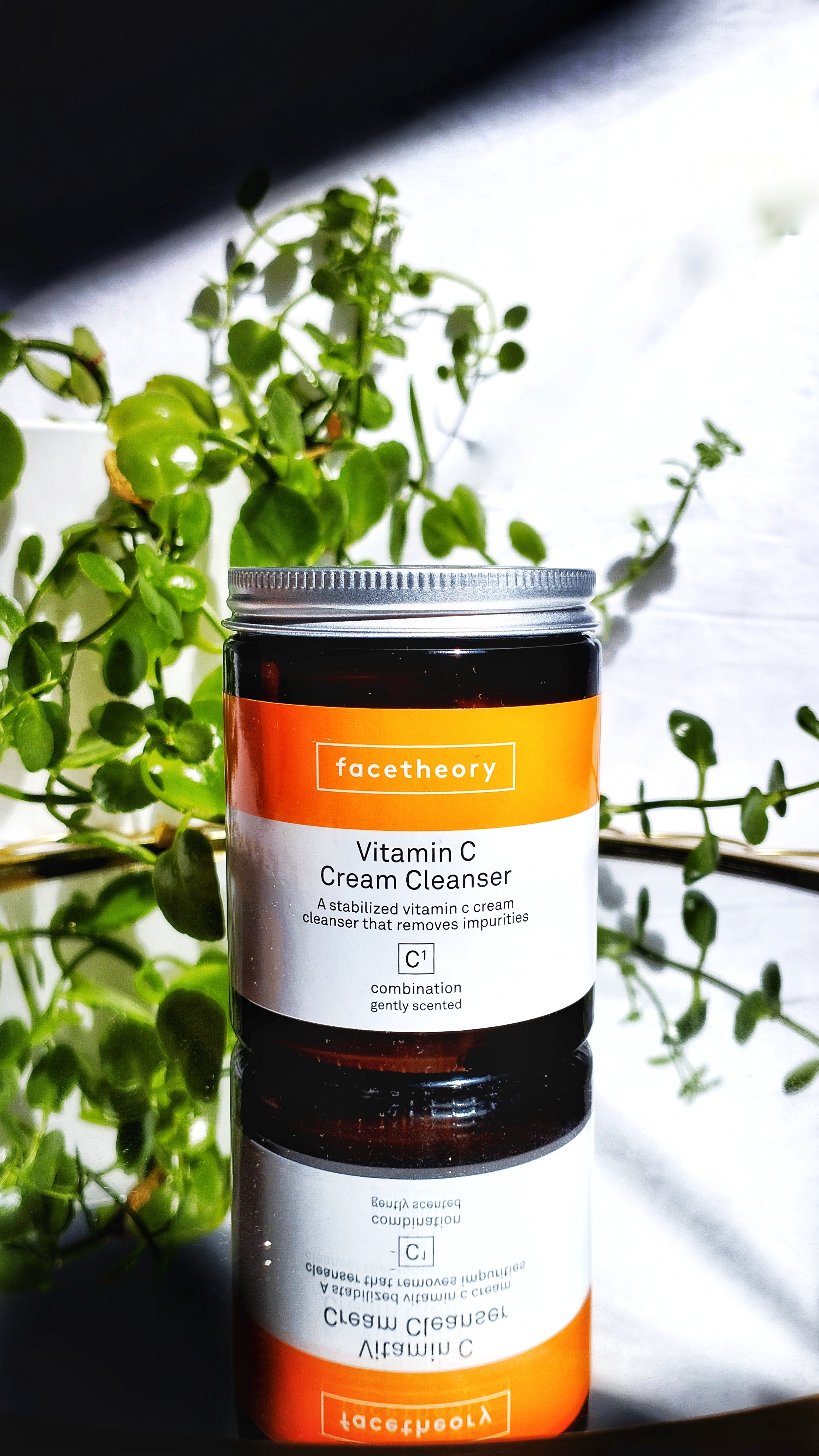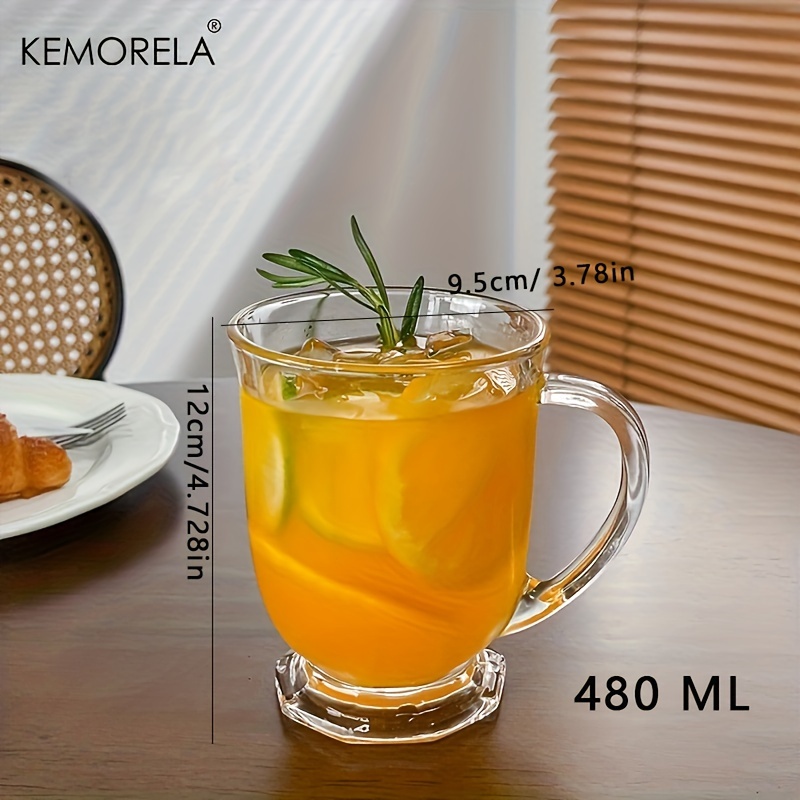Facetheroy is a brand that I heard amazing things about. I saw a lot of skincare influencers raving about how their products helped them a lot with their skin. I was very excited when Facetheory reached out to send me 3 of their products to try and share my thoughts with all of you. I had a lot of fun trying out these products and observing how my skin reacted to them. If you are not sure if these are the products for you, keep on reading as this post might help you decide.
About Facetheory
Facetheory was established in 2015 in an effort to provide better, more ethical skincare products that are effective, vegan, and affordable. They combine the best aspects of science and nature to improve skin. Everyone should strive to be confident in their own skin so they may move on with their lives. These days, they help customers find affordable skincare options with no drama. They build communities around their self-love and self-acceptance-promoting products, and they back their work with a 365-day money-back guarantee.
Facetheory Vitamin C Cream Cleanser
The Facetheory Vitamin C Cream Cleanser C1, which has the highest ratings, gently cleanses the skin while removing makeup, surface oils, and pollutants. Without the stiffness that might occasionally result from washing with soap, the skin is left feeling nourished and revitalized after washing it with this cleanser. It is packed with skin-friendly vitamin C, avocado, sweet almond oil, and healthy fatty acids. With active ingredients that allow you to use a minimal amount, this powerful cleanser is ideal for daily use and is long-lasting, resulting in less waste!
It has a citrus scent to it, which goes away when you rinse it off. I personally always prefer unscented skincare products over scented ones so it's great that you can get it both scented and unscented. For most skin types, especially those with sensitive skin, the Facetheory Vitamin C cream cleanser is appropriate. Vitamin C, sweet almond oil, and avocado are its three main constituents. The Facetheory website contains a comprehensive list of ingredients that are used in creating this product. You may also see a list of substances that aren't present in the cruelty-free face cleanser. It is packed in a jar which makes sense, although it might not be as easy to take it around.
It is a delight to apply and has a light, creamy feel. It seems as though the moment the product touches the skin, the benefits of this product are immediately felt. The skin feels nourished after cleansing. Most crucial for me, my face feels vibrant and alive with a lush, moisturized appearance.
 |
|
Facetheory Regena C20 Vitamin C Serum
The most popular vitamin C serum, Regena C20, contains 20% ethyl ascorbic acid. Vitamin C that has been stabilized (Ethyl Ascorbic Acid) helps brighten dull skin, lessen the appearance of age spots and hyperpigmentation, and drastically reduce acne-causing bacteria. One of the most stable and effective forms of ascorbic acid is ethyl ascorbic acid, which is also one of the easiest substances to absorb by the skin due to its hydrophilic and lipophilic characteristics.

A light, clear texture characterizes this FaceTheory Regena C20 Serum. When applied, it leaves the skin feeling a little greasy after absorption and has a warming sensation. I was very surprised as it was completely different from all the other Vitamin C Serums I used in the past. I put a few drops on my fingers and simply massage until thoroughly absorbed, being careful not to use too much. A few drops go a long way; 2-3 are enough for the entire face and neck. However, you can add more if necessary. You don't need to worry about your skin feeling greasy after it is absorbed. I use it as a part of my morning skincare routine and it gives my skin a nice glow.
After using it for a few weeks now my skin's texture changed, becoming more refined, silky, and firm, while my skin's tone visibly improved and seemed brighter. This all makes sense because research indicates that ethyl ascorbic acid enters further into the skin because of its lipophilic characteristics.

Facetheory Amil C-Whip
Without the use of artificial carbomers, the most recent formulation technology allows Facetheory to create a mousse moisturizer. It is as light as air and penetrates fast into the skin. Skin tone balance, pore size reduction, and redness reduction are all achieved with the help of 5% niacinamide and dual action vitamin C.
Sodium ascorbyl phosphate combats the microorganisms that cause acne. Castor oil-derived hydroxystearic acid protects against UVB damage and has been found in vivo experiments to lessen face spots and obvious pores. It's like no other moisturizer I've ever tried. I enjoy applying it every morning as a part of my skincare routine.
I hope these reviews helped you learn a bit more about these products. I personally enjoy using them and they will be a part of my skincare routine. If you would like to get some beauty and skincare products for cheaper you can use my discount code SWEET07 on YesStyle.
Facetheroy is a brand that I heard amazing things about. I saw a lot of skincare influencers raving about how their products helped them a lot with their skin. I was very excited when Facetheory reached out to send me 3 of their products to try and share my thoughts with all of you. I had a lot of fun trying out these products and observing how my skin reacted to them. If you are not sure if these are the products for you, keep on reading as this post might help you decide.
About Facetheory
Facetheory was established in 2015 in an effort to provide better, more ethical skincare products that are effective, vegan, and affordable. They combine the best aspects of science and nature to improve skin. Everyone should strive to be confident in their own skin so they may move on with their lives. These days, they help customers find affordable skincare options with no drama. They build communities around their self-love and self-acceptance-promoting products, and they back their work with a 365-day money-back guarantee.
Facetheory Vitamin C Cream Cleanser
The Facetheory Vitamin C Cream Cleanser C1, which has the highest ratings, gently cleanses the skin while removing makeup, surface oils, and pollutants. Without the stiffness that might occasionally result from washing with soap, the skin is left feeling nourished and revitalized after washing it with this cleanser. It is packed with skin-friendly vitamin C, avocado, sweet almond oil, and healthy fatty acids. With active ingredients that allow you to use a minimal amount, this powerful cleanser is ideal for daily use and is long-lasting, resulting in less waste!
It has a citrus scent to it, which goes away when you rinse it off. I personally always prefer unscented skincare products over scented ones so it's great that you can get it both scented and unscented. For most skin types, especially those with sensitive skin, the Facetheory Vitamin C cream cleanser is appropriate. Vitamin C, sweet almond oil, and avocado are its three main constituents. The Facetheory website contains a comprehensive list of ingredients that are used in creating this product. You may also see a list of substances that aren't present in the cruelty-free face cleanser. It is packed in a jar which makes sense, although it might not be as easy to take it around.
It is a delight to apply and has a light, creamy feel. It seems as though the moment the product touches the skin, the benefits of this product are immediately felt. The skin feels nourished after cleansing. Most crucial for me, my face feels vibrant and alive with a lush, moisturized appearance.
 |
|
Facetheory Regena C20 Vitamin C Serum
The most popular vitamin C serum, Regena C20, contains 20% ethyl ascorbic acid. Vitamin C that has been stabilized (Ethyl Ascorbic Acid) helps brighten dull skin, lessen the appearance of age spots and hyperpigmentation, and drastically reduce acne-causing bacteria. One of the most stable and effective forms of ascorbic acid is ethyl ascorbic acid, which is also one of the easiest substances to absorb by the skin due to its hydrophilic and lipophilic characteristics.

A light, clear texture characterizes this FaceTheory Regena C20 Serum. When applied, it leaves the skin feeling a little greasy after absorption and has a warming sensation. I was very surprised as it was completely different from all the other Vitamin C Serums I used in the past. I put a few drops on my fingers and simply massage until thoroughly absorbed, being careful not to use too much. A few drops go a long way; 2-3 are enough for the entire face and neck. However, you can add more if necessary. You don't need to worry about your skin feeling greasy after it is absorbed. I use it as a part of my morning skincare routine and it gives my skin a nice glow.
After using it for a few weeks now my skin's texture changed, becoming more refined, silky, and firm, while my skin's tone visibly improved and seemed brighter. This all makes sense because research indicates that ethyl ascorbic acid enters further into the skin because of its lipophilic characteristics.

Facetheory Amil C-Whip
Without the use of artificial carbomers, the most recent formulation technology allows Facetheory to create a mousse moisturizer. It is as light as air and penetrates fast into the skin. Skin tone balance, pore size reduction, and redness reduction are all achieved with the help of 5% niacinamide and dual action vitamin C.
Sodium ascorbyl phosphate combats the microorganisms that cause acne. Castor oil-derived hydroxystearic acid protects against UVB damage and has been found in vivo experiments to lessen face spots and obvious pores. It's like no other moisturizer I've ever tried. I enjoy applying it every morning as a part of my skincare routine.
I hope these reviews helped you learn a bit more about these products. I personally enjoy using them and they will be a part of my skincare routine. If you would like to get some beauty and skincare products for cheaper you can use my discount code SWEET07 on YesStyle.




























